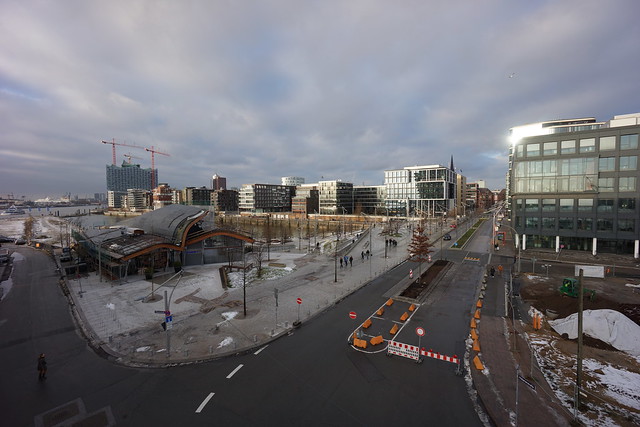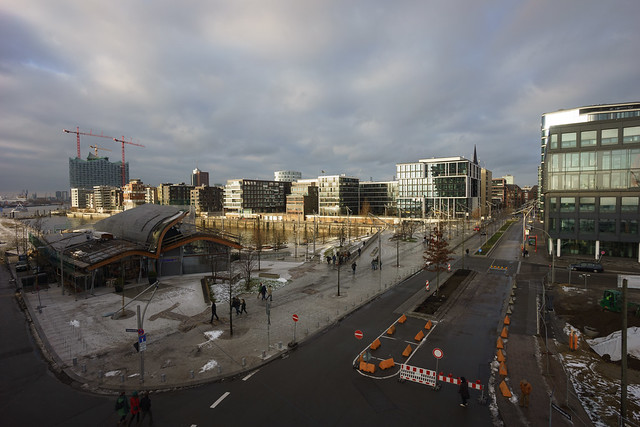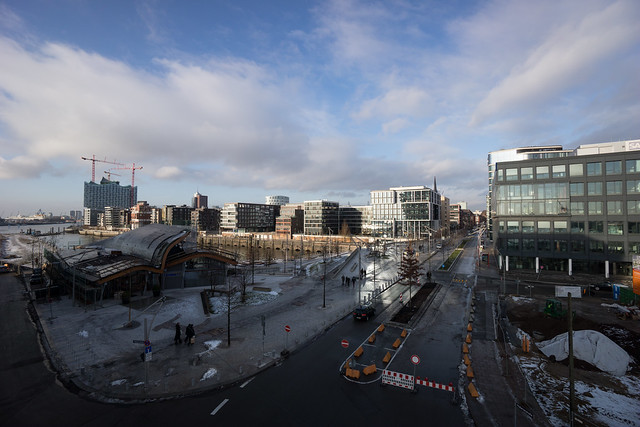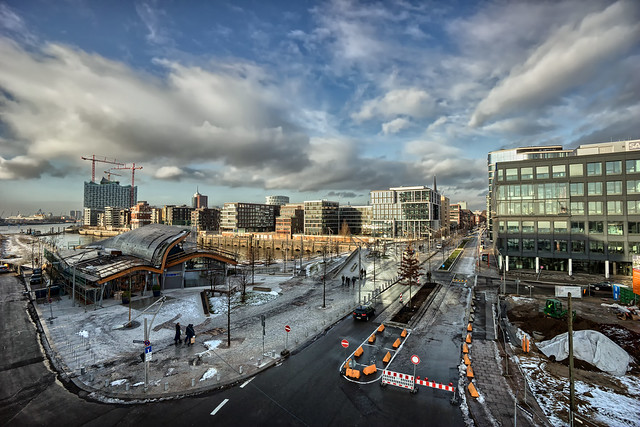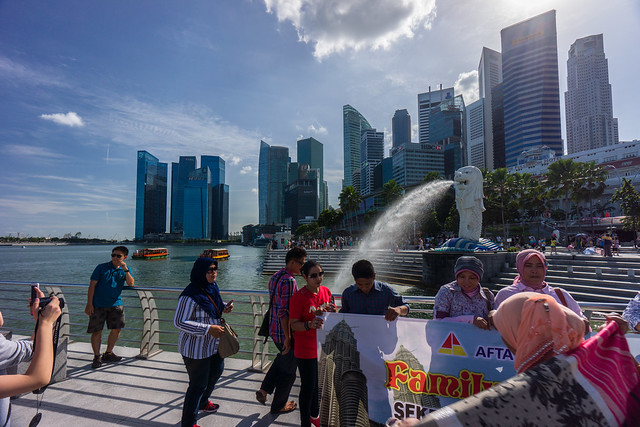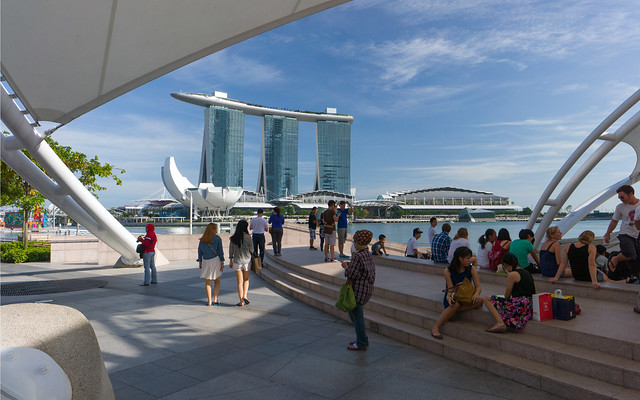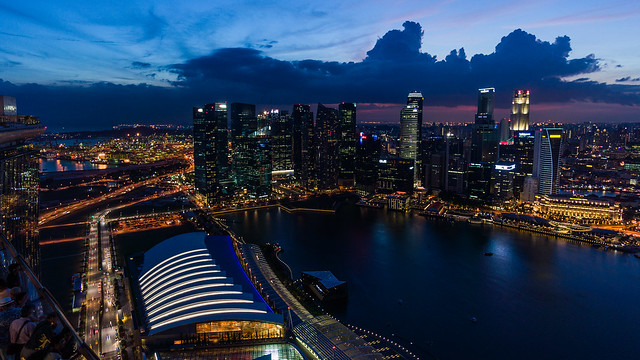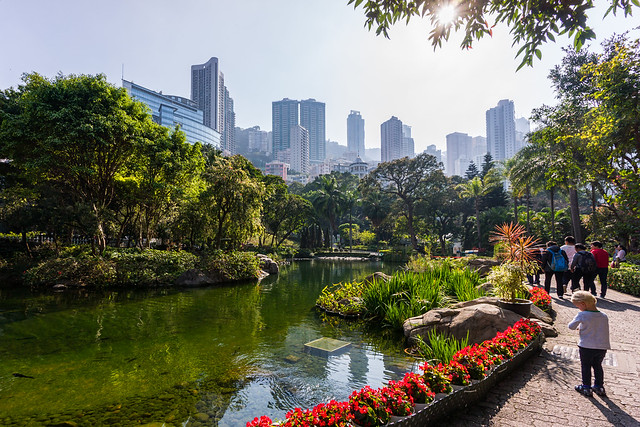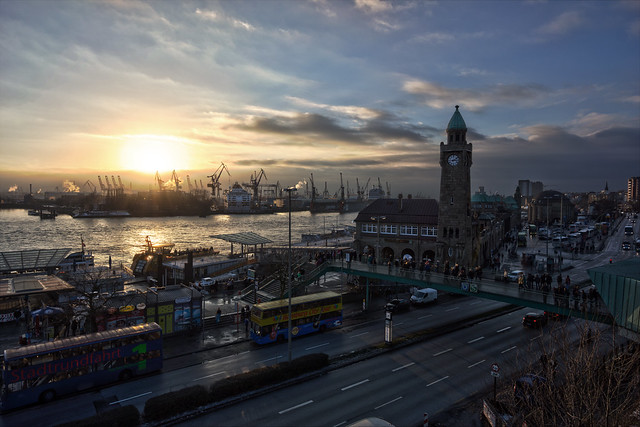After NEX users had to go for such a long time without a good ultra wide angle, now Sony is on target with its new E 10-18mm F4 OSS (SEL1018). We were very curious to see how it performs especially on the NEX-7, which is very challenging as many short focal lengths adapted from Leica M mount produced strong color shifts.
The zoom lens starts at a viewing angle of 109° comparable to a 15mm UWA lens on a fullframe camera allowing dramatic perspectives for close ups as well as for architecture and landscape photography. The lens is constructed with 10 elements (some with ED glass) in 8 groups, has 7 circular aperture blades, provides a fast autofocus and optical stabilization supporting shooting at low light and video. It weighs only 225g and comes with a seperate lens shade.
Together with a Sony NEX you get an extremely powerful, compact and lightweight wide angle solution.
Color Shift?
As indicated above, the 24 MP image sensor of the NEX-7 is quite challening regarding the lens construction as light that reaches the sensor angular at the borders may produce color shift. You could see this effect beforehand whith the Leica M9 when combined with ultra wide angle lenses. Meanwhile Leica provided a firmware update that reduces color cast with some lenses. Also Sony provided a firmware update 1.01 for the NEX-7 intended to reduce color shift when used with the 10-18 UWA zoom. The pictures shown here were shot with firmware 1.01. Another way to fight this is using a corrrection in post processing e.g. using Cornerfix or the DNG flat field plugin for Adobe Lightroom (currently available through an Adobe beta labs download). Also a more telecentric lens construction (e.g. when adapted from DSLRs) lowers the risk of "purple edges" significantly but for the price of a more bulky lens tube.
So especially the NEX-7 users expect a lens producing results that do not need or at least reduce significantly the amount of subsequent correction. Let us take a first look with an image taken at "blue sky"! The following image is an out-of-camera JPEG without any post-processing taken at 10mm with F5.6:
The same image processed from RAW without any lens correction:
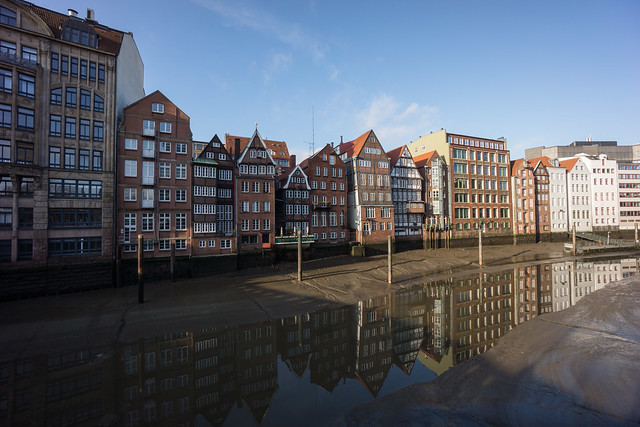
(click on images to see other sizes)
The image processed from RAW contains some minor distortion and a little bit of light fall off at the edges (vignetting). Color shift in the edges is nearly invisible even from the RAW.
Now let us take a look at a more cloudy situation. First example is again an unprocessed out-of-camera JPEG taken at 10mm, F5.6:
Again the same image processed from RAW without any lens correction:
Here you can see a little bit more color shift in the edges. The next image was taken at 12mm, F5.6 and is processed from RAW without lens correction:
As you can see in the example, the color shift nearly disappears also in images processed from RAW even at these very difficult condition. At the end of this article you can see an example demonstrating the result after removing the color shift with Adobe's "DNG Flat Field" plugin.
Finally this video recorded from the same point shows the behaviour when the focal length is zoomed from 10mm to 18mm:
Center and Edge Sharpness
If you did not already peep into the full resolution of the previous examples (by simply clicking on the images), here you find a center crop from the example taken at 10mm F5.6:

(actual pixels (100% view) from center crop)
I took several shots of that scenery with 10mm at F4.0, F5.6 and F8.0 that you can access processed from RAW in all sizes through these links:
F4.0: http://www.flickr.com/photos/hhackbarth/8276108962/sizes
F5.6: http://www.flickr.com/photos/hhackbarth/8275111425/sizes
F8.0: http://www.flickr.com/photos/hhackbarth/8276168390/sizes
You will see that already at F4.0 the sharpness and contras is very good, it reaches its peak at F5.6 and diminishes slightly starting from F8.0 due to optical diffraction so the recommendation for landscape / architecture shots is using an aperture set to F5.6. You may also like to compare it to a similar shot taken in July with a 36 MP Nikon D800E and the Zeiss Distagon T* 15mm F2.8:
Of course, the season and weather was nicer and of course, there are more details, but that camera and lens combination has a price tag for that you get three NEX-7 with three SEL1018 at triple size and weight...
I know you hate brick walls - but I tried to find a nice one for you, so let us take a look at this 10mm F4.0 test shot:

(click on the image for other sizes/resolutions)
The image above was processed from RAW without any lens correction. First it shows that the distortion is controlled quite well, comparable to other high quality DSLR lenses (and significantly less than the Samyang 14mm F2.8). Now let us take a look into 100% crops (actual pixels) taken from the edges of that shot:
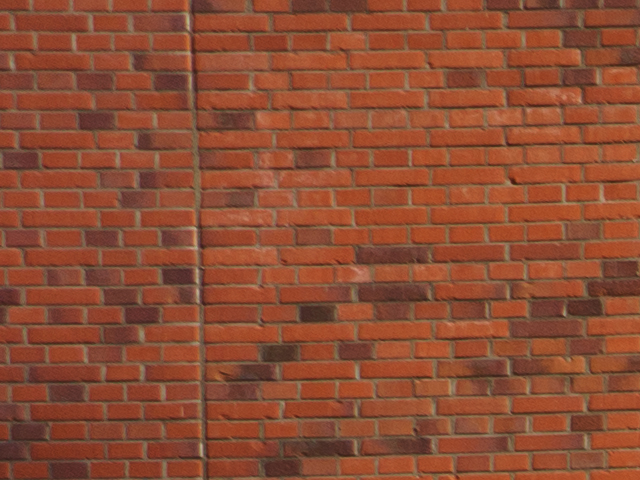
(100% crop (actual pixels) from the upper left corner)
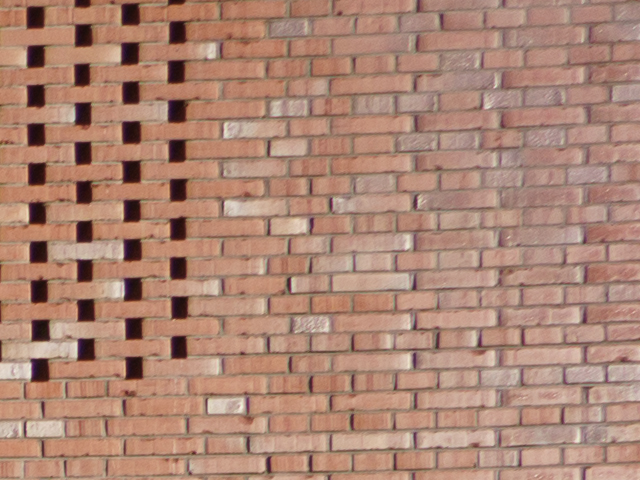
(100% crop (actual pixels) from the upper right corner)

(100% crop (actual pixels) from the lower left corner)

(100% crop (actual pixels) from the lower right corner)
This result is surprisingly good for such a viewing angle and makes the lens usable already right from open aperture! If you want to inspect another exciting brick & wall shot taken with 12mm f5.6 at the same position, please look at http://www.flickr.com/photos/hhackbarth/8276315814/sizes.
As you can see from this 10mm F5.6 shot developed from RAW,
the lens is also practically free from chromatic aberrations:
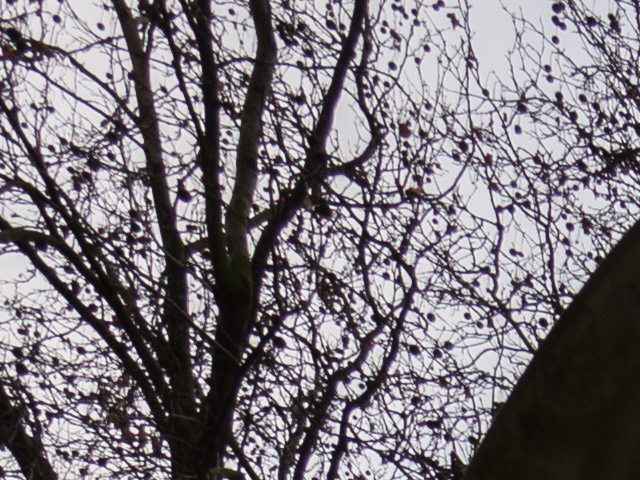
(100% crop (actual pixels))
Available / low light, close ups
An ultra wide angle zoom lens is not really the typical lens designed for bokeh shots or extreme low light situations but as you can use it without any doubts right from F4.0 and with quite long shutter times (due to its optical stabilization), the following examples may show you what you can expect.
12mm, F4.0:
10mm, F4.0, 1/60s, ISO 1600:
(click on the images for other sizes/resolutions).
Conclusion so far:
The 10-18mm F4 OSS zoom lens provides you
- good build quality at low weight
- very good center, border and edge sharpness across the whole zoom range and already at open aperture (F4.0), optimal resolution and contrast at F5.6
- good distortion correction, practically no CAs and no flares
- very little vignetting and color shift in the outer edges at some situations when shooting RAW at 10mm, can be corrected using e.g. the DNG flat field plugin for Lightroom. Corrected inside the camera already, when using out-of-camera JPEGs.
- efficient optical image stabilization
This lens get's a strong recommendation from me and I think it will be a big challenge for the Zeiss Distagon 12mm F2.8 E-Mount prime (fixed focal) lens announced for second quarter 2013 to top that lens.
UPDATE (17.12.2012):
Meanwhile I made a test with the "DNG Flat Field Plugin" for Lightroom 4 (currently available as pre-production download at Adobe Labs). It is designed to remove all kinds of lens color cast (and so also the color shift produced with most wide angle lenses when used on the NEX-7).
First let us look at the unprocessed out-of-camera JPEG of another 10mm F5.6 example:
Now, second example is the development from RAW without additional processing:
In this example you can see some magenta color shift at the borders.
Third example is the same image developed from RAW but with additional processing through the DNG flat field plugin using a correction image. Such a correction image can be produced, when you shoot an equally lightened white surface with a neutral white balance:
Finally, after the color shift correction, an HDR interpretation by a friend "AIBF":
(Click on the images to see other sizes)
The plugin may be useful when officially released. At the moment, it's usage is a bit complicated, as you have to manually convert (export) the images to DNG format and you need at least a seperate correction image for every focal length that you plan to use.
Last but not least some Xmas lights at 13mm F5.6:
Some examples at "good" light:
10mm:
14mm:
10mm:
10mm:
14mm:
No guarantee / liability for misrepresentation. All images copyrighted by 3D-Kraft.com.







